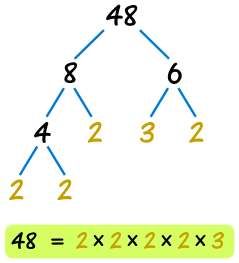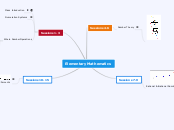Elementary Mathematics
Sessions 4-6
Number Theory
Discussed divisibility, including the rules of divisibility which help figure out if a number is divisible by another number according to certain rules that always apply. Secondly, we went over prime and composite numbers, including what makes a number prime or composite, determining if a number is prime, perfect squares, and prime factorization. Finally we went through greatest common factor and least common multiple. In this section we talked about different methods to obtain the GCF and LCM, including the intersection-of-sets method, prime factorization method, number line method, colored rods method, and division of primes method. It was very helpful going through these different models, because some work better for certain students than others, and it is good to know of all the different methods they can use.

Sessions 7-9

Rational & Irrational Numbers
Discussed proper and improper fractions, the fundamental law of fractions, using GCF to show equality of fractions, addition, subtraction and estimation of rational numbers, and mixed numbers.
Sessions 1-3
Class Introduction
Syllabus Review, introductions, viewing of TED Talk video, etc.
aNumeration Systems
Introduction and discussion of various numeration systems used throughout history, as well as how we as teachers can relate this information to students.
Whole Number Operations

Addition and Subtraction
Discussed the properties of, and different models of addition and subtraction, including "Counting On", Set Model, Number Line Model, Take-Away Model, Missing Addend Model, and the Comparison Model.Learned how to relate these models to students in the classroom in order to teach them how to do addition and subtraction.

Multiplication and Division
Discussed the properties of, and different models of multiplication and division, including the repeated-addition and number line models, rectangular-array and area models, Cartesian-Product Model, Set (Partition) Model, Missing-Factor Model, and repeated-subtraction model. We also discussed the division algorithm, and ways to relate all this material to students to make it easier for them to understand multiplication and division. We learned different ways we can help students to remember ideas such as PEMDAS and where the dividend and divisor go.
Sessions 10-15

Decimals and Percents
In these last sessions we discussed rational numbers expressed as decimals and percentages. This included the connections between fractions and decimals, and decimals and percentages. We discussed terminating and repeating decimals, adding, subtracting, multiplying, and diving decimals. We discussed scientific notation, and touched on compound interest.

